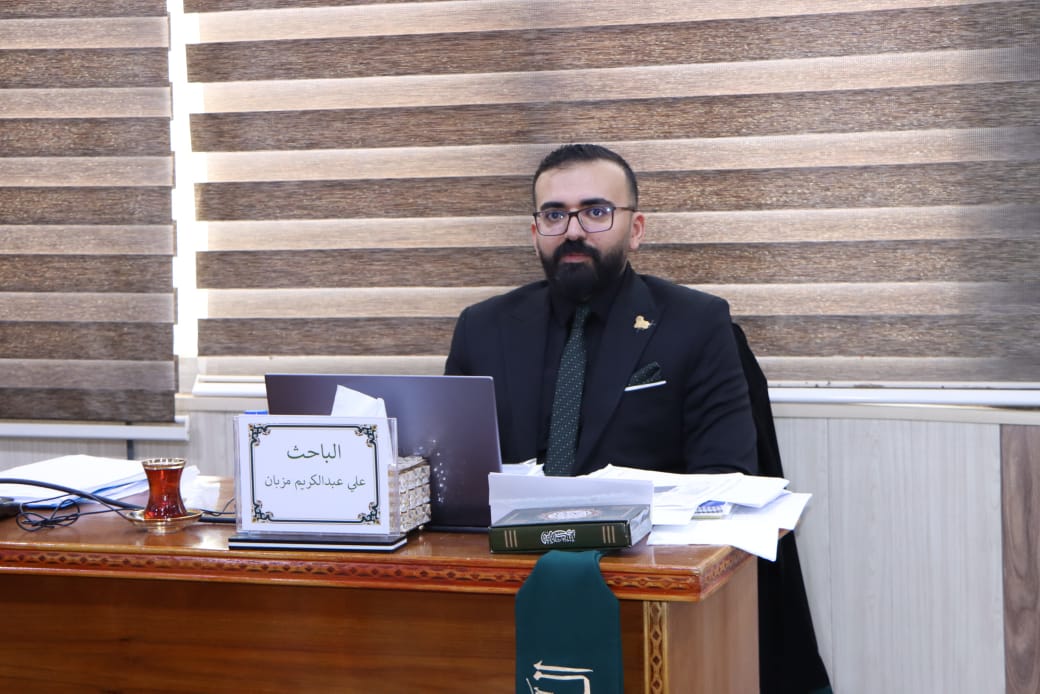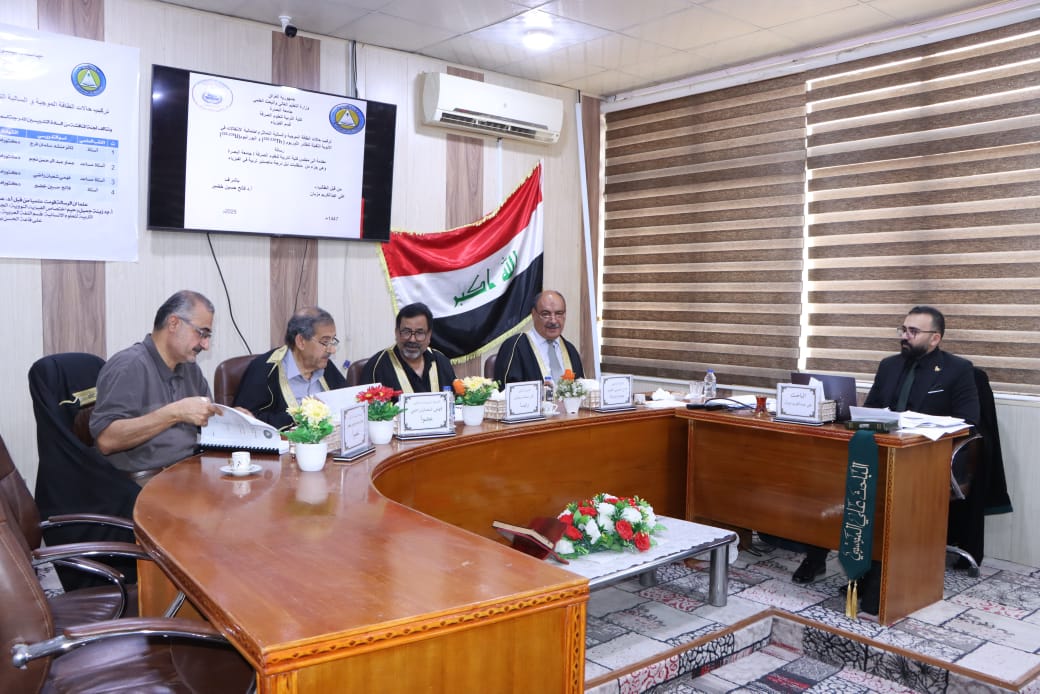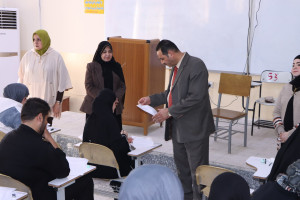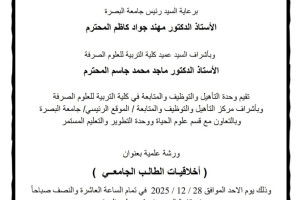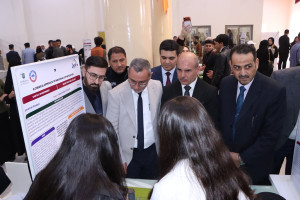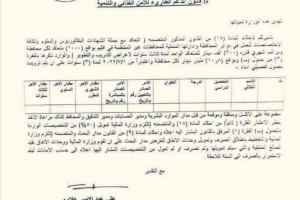
The College of Education for Pure Sciences, Department of Physics, has researched a master's thesis on the structure of positive and negative symmetry energy states and the probability of transitions in heavy nuclei of thorium and uranium isotopes. The thesis, presented by researcher Ali Abdul Karim Mezban, included a study of the nuclear structure of even-even thorium and uranium nuclei in the mass range (236–226), using the interacting boson model. The study included an analysis of positively symmetric energy levels within the model space (sd), and negatively symmetric levels by expanding the space to include bosons, which provided a better description of the nuclear transitions associated with negative states. The energy spectrum diagram was analyzed to include ground-level, beta, and gamma bands, in addition to negatively symmetric bands. The probability of electrical transitions of different orders was calculated: B(E1), B(E2), and B(E3). The results showed good agreement with experimental values, supporting the validity of the adopted model. The potential energy surface (PES) was also calculated and plotted in terms of the deformation coefficients (β, γ), based on the Hamiltonian of the model. The results indicated that these nuclei clearly belong to the SU(3) rotational configuration, which reflects a clear rotational nature of the studied nuclei. The results confirm the model's ability to describe nuclear structure and match experimental data, enhancing its reliability as an effective theory for studying nuclear structure over a wide range of mass numbers. The study was concluded in two papers, one in a journal included in the Scopus database (Q1) and the other in the Faculty Journal.
